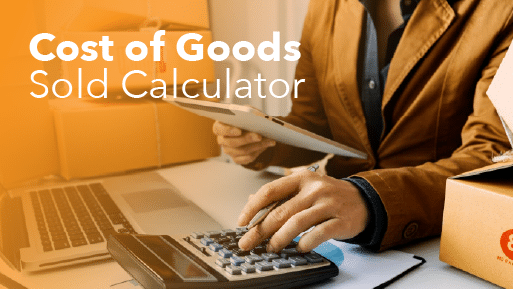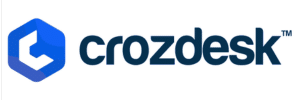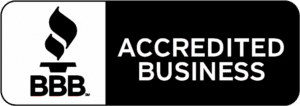The cost of goods sold (COGS) is a key performance indicator (KPI) that determines your gross profit, guides your pricing strategy, and ultimately influences every major business decision you make. For any business selling physical products — whether you run a bookstore, a liquor store, a bakery, or a convenience store — knowing your COGS is critical.
Use our free COGS Calculator below to get a clear view of your true product costs and start making smarter, more profitable business decisions.
Free Cost of Goods Sold Calculator
Before you discuss gross profit or margins, you need to know your COGS. Here’s a simple tool to help you calculate it manually if you’re not using an automated POS system (yet).
| Formula: COGS = Beginning Inventory + Purchases During the Period – Ending Inventory |
What These Terms Mean and Where to Find Them
Term | Definition | Where to Find It |
Beginning Inventory | Value of unsold inventory at the start of the period | Pull this from last month's POS inventory report (KORONA POS does this automatically) |
Purchases | Total cost of inventory or materials bought during the period | Check supplier invoices or KORONA POS purchase order reports |
Ending Inventory | Value of unsold inventory at the end of the period | Use inventory counts from your POS or warehouse system |
COGS | Total direct costs of products sold during the period | Use a formula or POS-generated report |
What Is Cost of Goods Sold (COGS)?
COGS refers to the direct costs of producing or purchasing the goods your business sells during a specific time period. It’s what you spend to get products on the shelf and ready for sale.
COGS typically includes:
- Wholesale cost of items
- Packaging and labels
- Shipping costs from supplier to store
- Direct labor (if tied to the manufacturing of the products)
It does not include indirect expenses, such as rent, utilities, marketing, or general payroll. These are part of operating costs and factor into the net profit margin.
PRO TIP!
When you use a point of sale system like KORONA POS, many of these cost components can be automatically tracked and applied to each product in real time.
Why COGS Is So Important
Your COGS determines your gross profit, and if your margins are too slim, even strong sales numbers can still leave you with little to show for it.
A good handle on your COGS lets you:
- Set accurate prices based on real costs
- Find cost-cutting opportunities with suppliers or materials
- Improve cash flow by reducing overbuying and waste
- Understand seasonal shift in purchasing and demand
And when integrated into a POS system like KORONA POS, you don’t have to guess—you get real-time updates and visibility into your cost structure, product by product.
Example: How COGS Works in Real Life
Say you run a specialty wine shop. In July, your numbers were as follows:
- Beginning inventory: $60,000 worth of wine on hand
- New purchases: $25,000 in new shipments
- Ending inventory: $40,000 worth of wine
| Formula: COGS = Beginning Inventory + Purchases During the Period – Ending Inventory |
| COGS Calculation: $60,000 + $25,000 – $40,000 = $45,000 |
This means you sold $45,000 worth of wine (at cost) during July. If your sales revenue for the month was $90,000, your gross profit is $45,000, which you can then use to cover overhead and drive net profit.
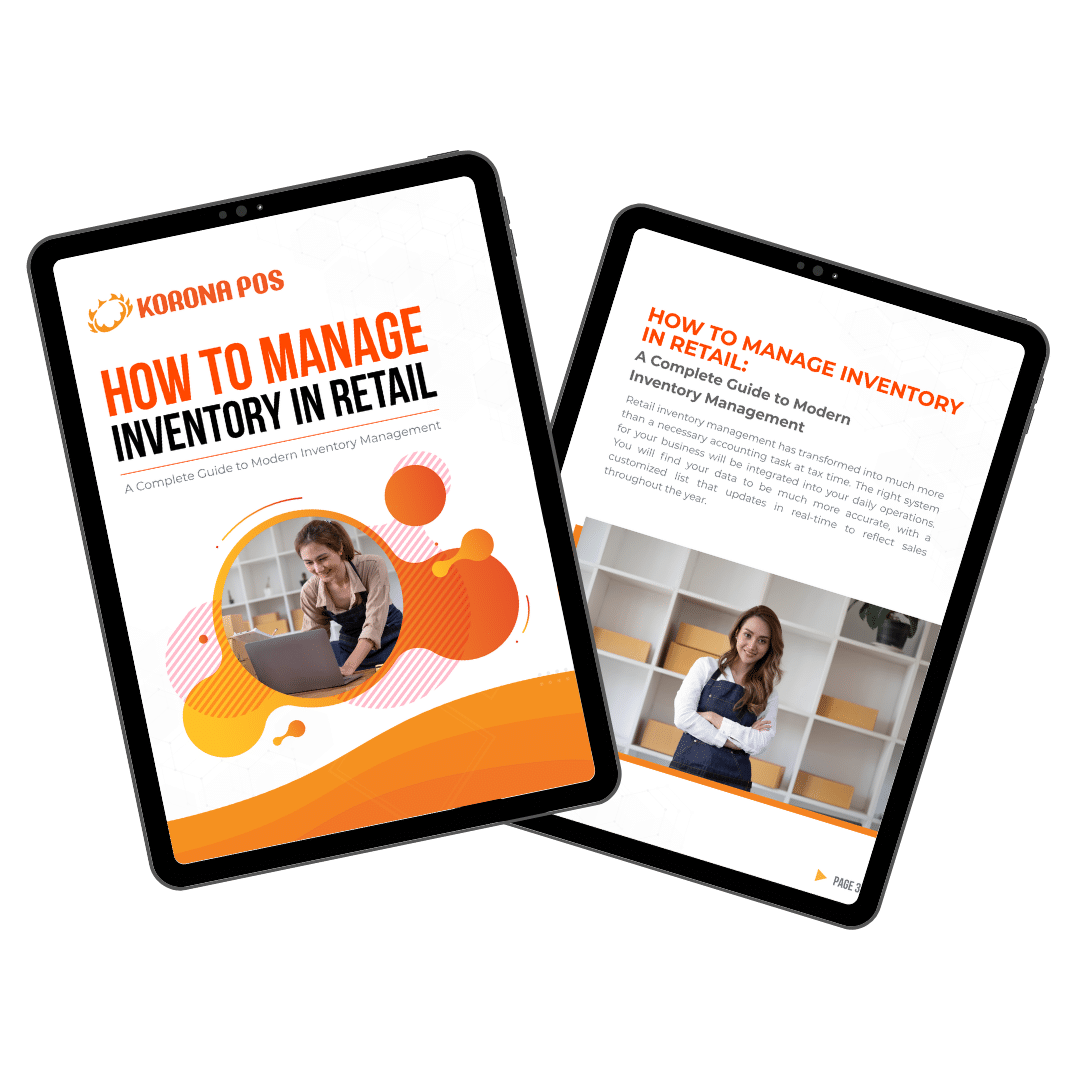
Common COGS Mistakes to Avoid
Even experienced business owners sometimes slip up on COGS calculations. Here’s what to watch out for:
Forgetting to Include All Direct Costs
Many owners only count product purchase prices and forget shipping, packaging, or special labeling. KORONA POS makes it easy to include all these line items automatically.
Mixing Overhead into COGS
Rent, marketing, utilities, and general payroll do not belong in COGS. Mixing them in artificially inflates costs and muddles your margin analysis.
Inaccurate Inventory Counts
Your beginning and ending inventory numbers must be reliable. Skipping regular counts or relying on guesswork can throw off your COGS — and your entire pricing strategy. KORONA POS automates and simplifies inventory management, reducing human error.
Manual Tracking Errors
Trying to manage COGS in a spreadsheet is time-consuming and error-prone. A POS with automated purchase tracking and supplier integration saves time and improves accuracy.
How to Reduce Your COGS
Want to improve your gross profit margin? Lowering your COGS is a powerful way to do just that. Here’s how to do it:
Negotiate with Suppliers
Strengthen relationships and ask for better bulk discounts or improved payment terms. Many suppliers are more flexible than you think.
Optimize Your Ordering
Avoid over-ordering and emergency restocks by using demand forecasting and inventory planning tools built into POS platforms like KORONA POS.
Control Waste and Shrinkage
Shrinkage—also known as loss—from spoilage, damage, or theft drive up your average COGS. Implement tighter controls and regular audits to minimize these risks.
Explore Alternative Suppliers
Switching to local or alternative wholesale suppliers can reduce shipping costs and lower per-unit prices. Use KORONA POS reports to analyze which products might benefit from supplier changes.
Why Your POS System is Critical for Managing COGS
A modern POS system isn’t just for checkout speed — it’s a complete operational command center. With KORONA POS, you can:
- Track inventory automatically and in real time
- See precise beginning and ending inventory values every period
- Link purchase orders directly to product COGS
- Analyze trends over time to identify opportunities to reduce costs
- Confidently set prices that protect your margins and drive growth
Take Control of Your Costs with KORONA POS
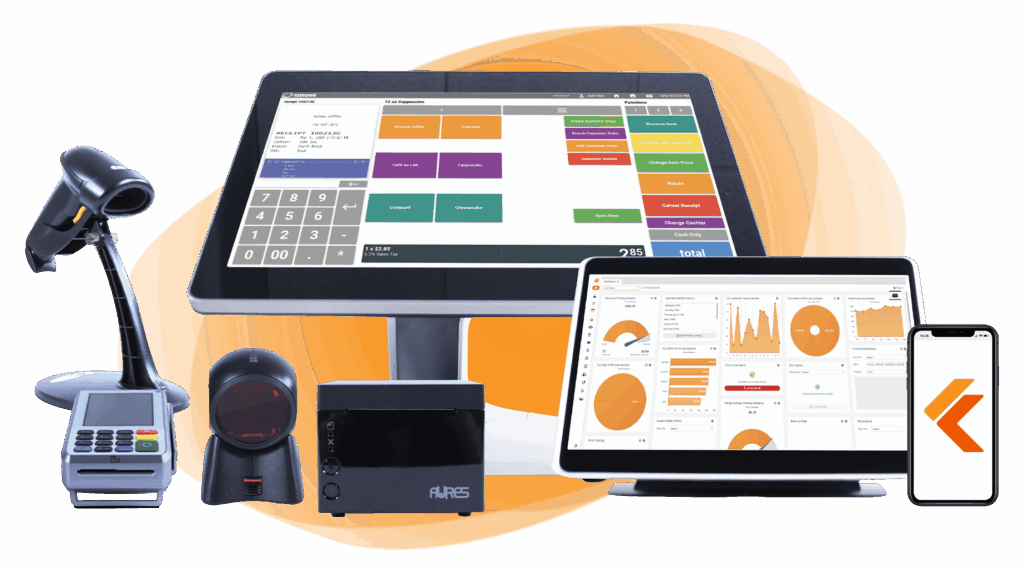
Cost of goods sold is a lens into how your business operates. When you track your COGS accurately, you can price smarter, order better, and protect your profit margins.
Use the calculator above to get a quick snapshot of your costs. Then, take the next step with KORONA POS, and manage your inventory and margins with confidence, precision, and ease.
Start your free trial or sign up for an introduction to the product with a quick personalized demo!


